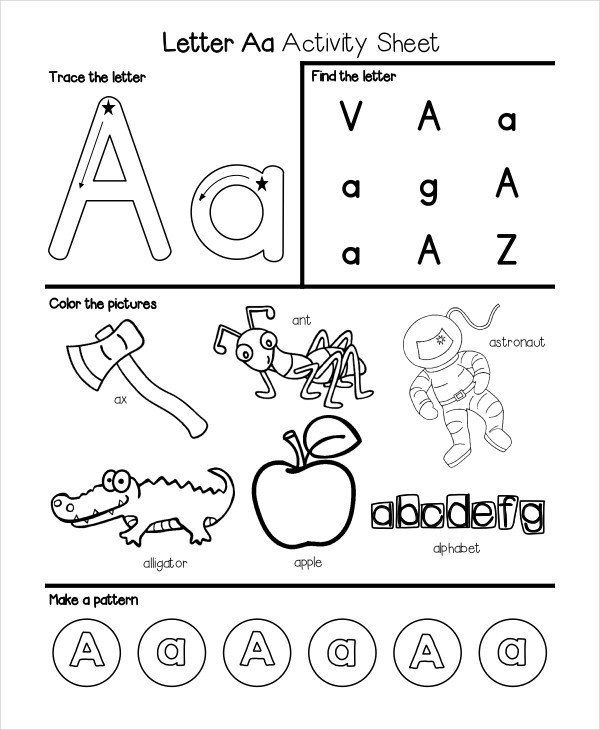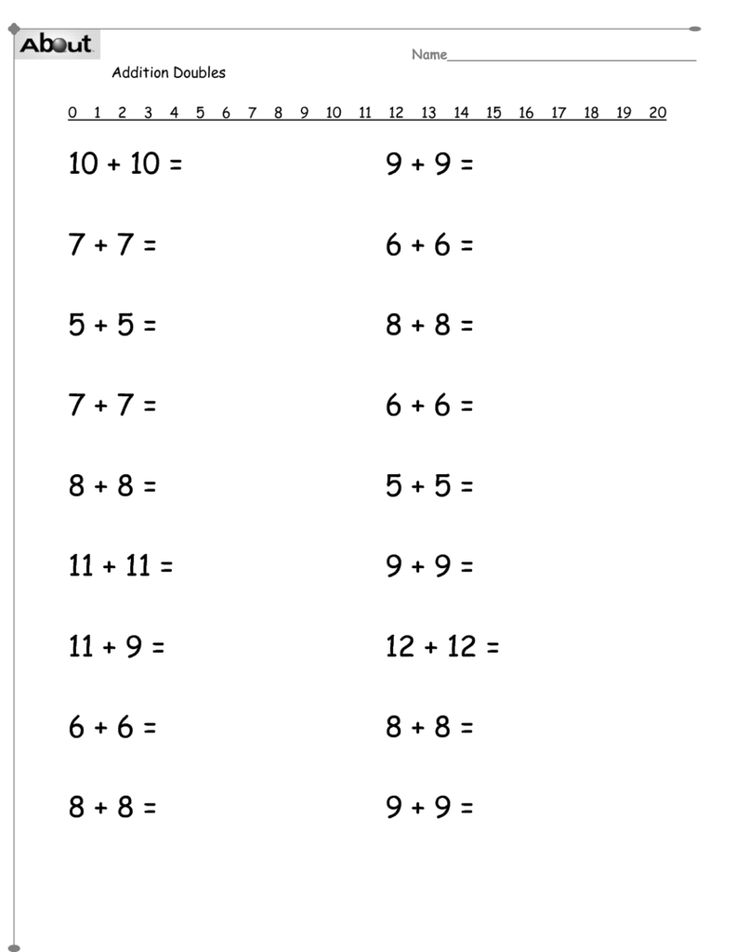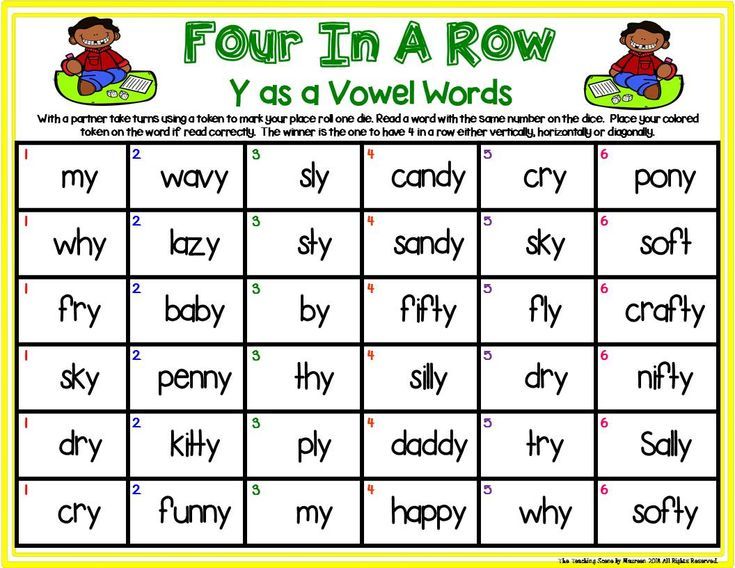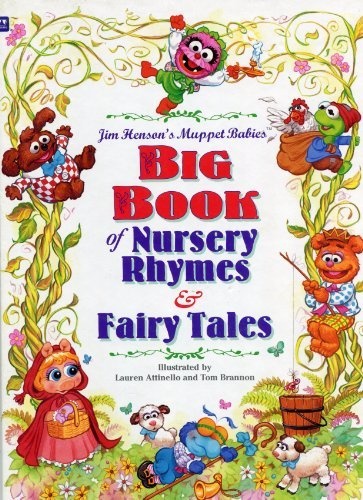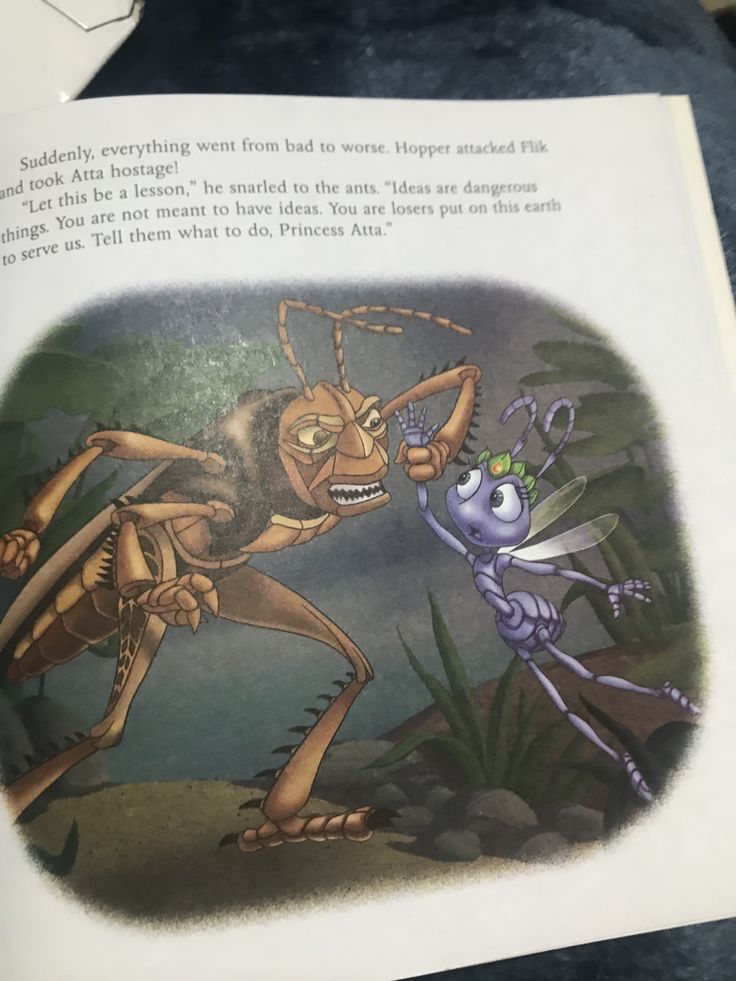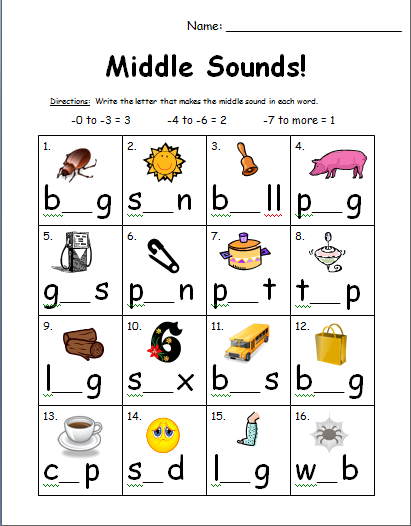Teaching alphabet to kindergarteners
6 Tips For Teaching The Alphabet in Kindergarten
When it comes to teaching the alphabet in Kindergarten, it can still feel a little bit like throwing spaghetti at the wall. You try all the things hoping that one of them is the best way to teach the alphabet in Kindergarten and make it stick.
It doesn’t have to be that way, though!
These 6 tips for teaching the alphabet are tried and true for helping your kindergarteners learn the alphabet and letter sounds.
1. Introduce Letters By Their Sound
When it comes to reading, it’s important that students have a strong connection between a letter and its sound. We want our students to recognize that print represents sounds, and the best way to do that is to teach letter sounds first.
You might be thinking – how does that even work? How do I teach the letter sounds when I haven’t even shown students the letter yet?
Here’s what this looks like in my classroom:
When I introduce a new letter, I say, “We are learning a new sound today. That sound is /b/. Can you say /b/? /b/ like a bouncing basketball. Can you say /b/ as you pretend to bounce a basketball? B-b-b.”
Then, after we practice the sound, I teach the alphabet letter, “We spell the sound /b/ with the letter Bb. This is what a Bb looks like.”
Super simple, but this has a huge impact on students learning the alphabet!
This then leads into my next tip:
2. Use Real Photos Whenever Possible
If you have students who are English Language Learners or have a language delay or low background knowledge (and you most likely do), then using real photos to introduce vocabulary is essential.
However, using real photos to when teaching the alphabet in Kindergarten is beneficial to all of your students!
Reading text is not something that comes naturally to humans. Our brains are wired to remember images. So if students can connect a word to a real image, it’s much easier for their brains to make a connection.
After introducing the letter sound and letter, the next step for teaching the alphabet is introducing vocabulary words that start with that letter.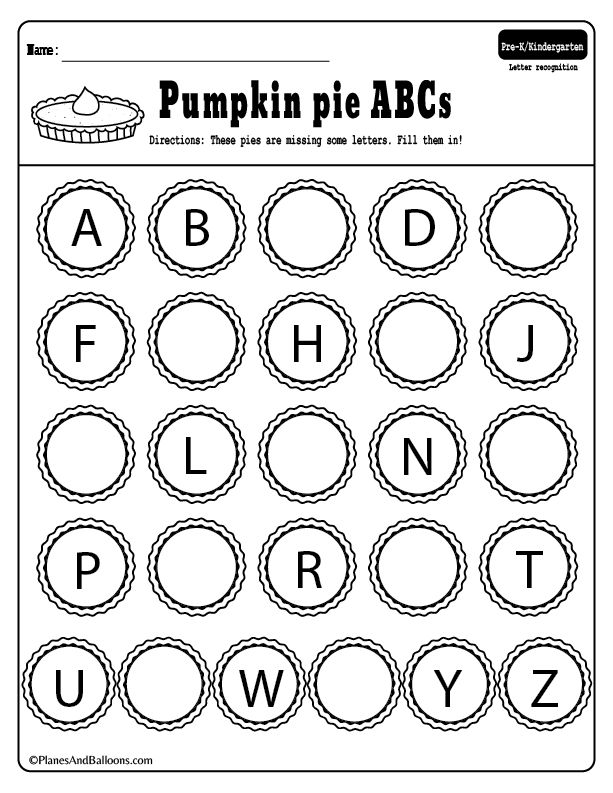
In my kindergarten classroom, this looks like: “This is a bear. Bear begins with /b/. Do you remember how we spell /b/? That’s right, Bb! Repeat after me – B, bear, /b/.”
We repeat that with multiple pictures and vocabulary words that begin with the target letter.
3. Use a Multi-Sensory Approach
When teaching the alphabet in Kindergarten, it is important to incorporate as many parts of the brain as possible to help build those connections.
One easy way to do this is to add in alphabet hand motions! And if you can make those alphabet motions cross the midline, even better.
Our alphabet hand motions relate the the letter sound. For example, when we learn the letter Bb, we say /b/ while bouncing a ball.
Make sure that the alphabet motions that you choose are meaningful to your students. You wouldn’t want students to make yak horns while saying the /y/ sound if they’ve never seen a yak before!
When we go through our alphabet chart routine during our morning meeting, we make the alphabet hand motions as we say each letter sound.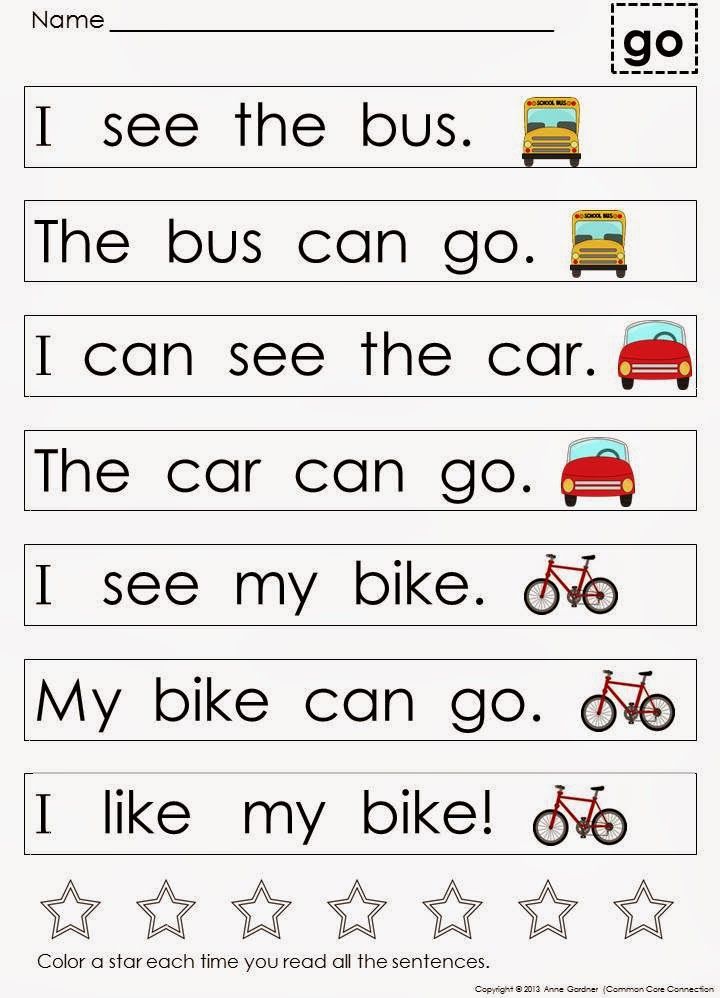
4. Expose Students To a Variety of Fonts
When teaching each letter of the alphabet, of course we want properly-formed, printed letters.
But students won’t always see letters that way in the real world, and it’s important that they are able to recognize a letter no matter what form it’s in.
Font sorts, magazine hunts, and coloring by letters in a variety of fonts are all great activities for exposing students to the alphabet in a variety of forms.
5. Explicitly Teach Letter Formation
Depending on who you’re talking to, you’ll most likely hear differing opinions on whether or not you should spend time teaching proper letter formation.
Do students really need to know how to form letters properly? Is it developmentally appropriate to teach letter formation?
Here’s why I say wholeheartedly YES! Spend the time teaching letter formation!
As our students learn letter sounds, we want them to begin using that sound knowledge in their writing.
If we work on handwriting and letter formation up front, students have time to build their muscle memory. That means, as they’re writing, they don’t have to dedicate brain energy to “How do I form this letter?”
Instead, they can fully concentrate on sounding out words.
This is also why you should carefully consider the order you introduce your letters in.
There are many different opinions on what order to teach letters in Kindergarten, and you can choose the best way for you and your class. However, you will want to make sure similar letters are spread out enough that students can gain mastery of one before adding in the next (think b, d, p, q).
6. Make It Fun!
We know that having routine, systematic phonics instruction is best practice. But that doesn’t mean it has to be boring!
There are many ways to make teaching the alphabet in Kindergarten fun for both students and yourself, including many of the tips listed above.
We love alphabet crafts when we are teaching letters and letter sounds in Kindergarten! These crafts are a great way to incorporate fine motor and cutting practice, listening and following directions, as well as helping students make a connection between the letter and beginning sounds.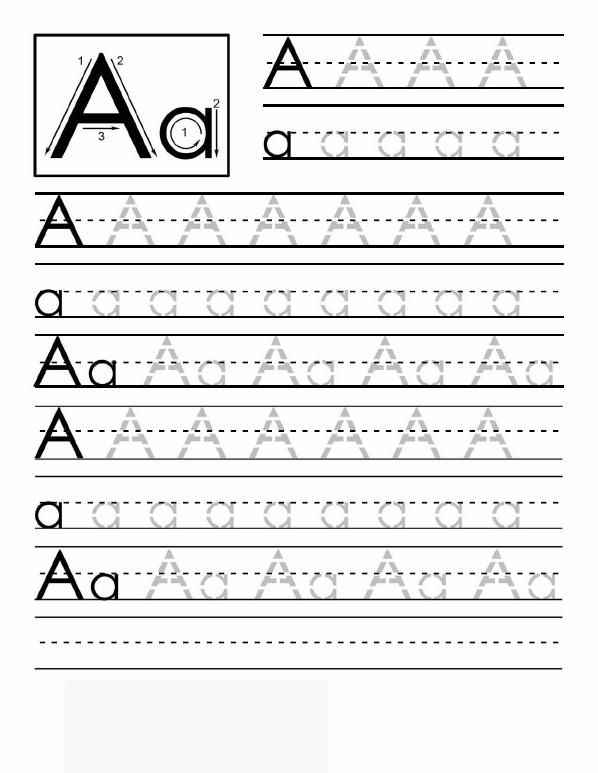
Alphabet interactive notebooks are also a favorite in my classroom. These notebooks are simple and no prep for me, but they are fun for my students and allow them to work with the target letter in many different ways.
Teaching The Alphabet in Kindergarten
Are you looking for an easy to follow resource for teaching the alphabet in Kindergarten that’s developmentally-appropriate and effective? You can find it all in Empowering Little Readers™ Phonics Unit 1: introducing Letters.
Check Out This Resource From My Shop!
Kindergarten Phonics Unit 1: Introducing Letters | Empowering Little Readers
Everything you need to introduce the alphabet in a fun and engaging way!
Buy Now!
This unit has everything you need to teach the alphabet in Kindergarten including:
- Scripted, easy to follow lesson plans
- Real photo materials
- Alphabet motions
- Alphabet crafts
- Worksheets and printables
- Letter formation practice
- And more!
Danielle W.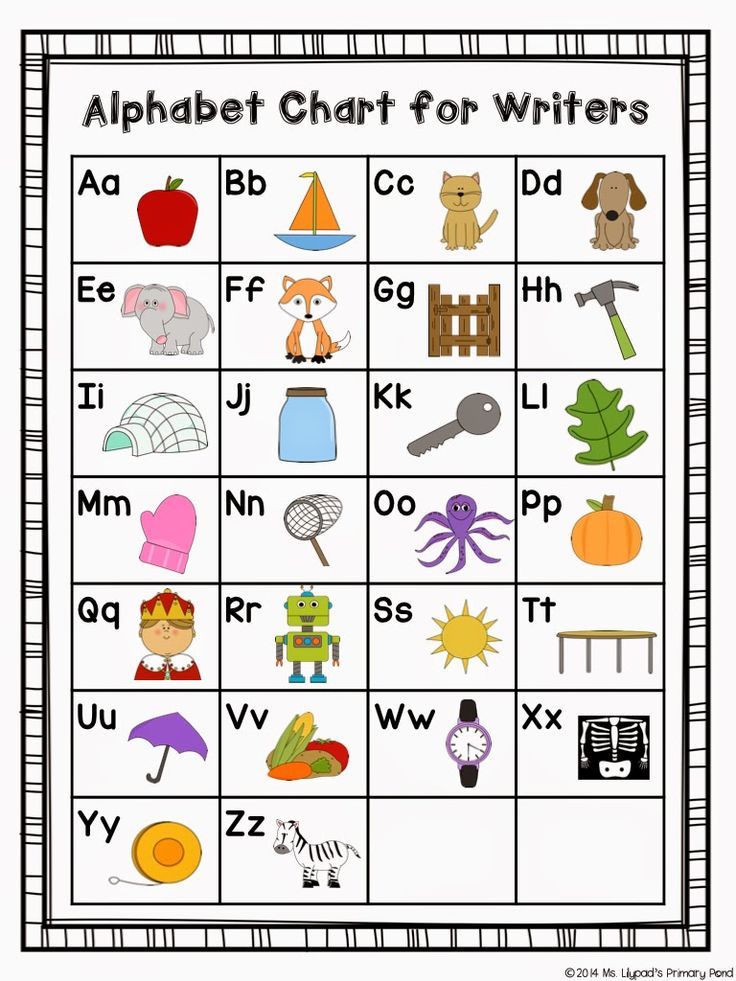 said, “My students loved this and I noticed a big improvement in letter recognition and letter sounds. One kiddo went from knowing 0 to 20 letter sound in a few short weeks.”
said, “My students loved this and I noticed a big improvement in letter recognition and letter sounds. One kiddo went from knowing 0 to 20 letter sound in a few short weeks.”
If you want an entire year of systematic, effective phonics instruction planned out for you, you can grab the Empowering Little Readers™ Phonics Curriculum here.
Check Out This Resource From My Shop!
Kindergarten Phonics Curriculum for the Year Bundle | Empowering Little Readers
Never worry about planning your kindergarten phonics instruction again! This curriculum has everything you need.
Buy Now!
Pin this post for later:
Do you love free stuff?
CVC Decodable Readers
Sign up for my FREE email newsletter and receive five short vowel decodable readers!
I need these!
You May Also Enjoy These Posts
Reader Interactions
Hot in the Shop
More Products
All We're Missing is You!
Join us over on Facebook for even more great resources, ideas, and teaching tips for kindergarten and early elementary teachers!
Join Us on Facebook
Welcome Friends!
My name is Natalie and I am the face behind Natalie Lynn Kindergarten.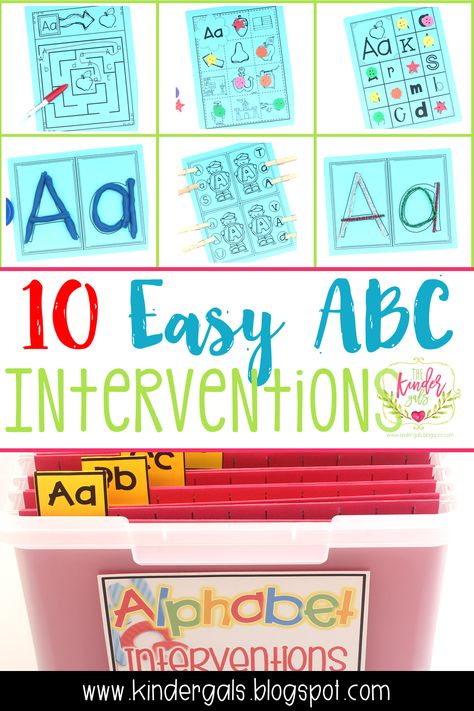 My passion is creating hands-on and engaging resources for the classroom and helping teachers to make learning FUN again! I love showing teachers how they can give students ownership over their learning and create meaningful learning experiences.
My passion is creating hands-on and engaging resources for the classroom and helping teachers to make learning FUN again! I love showing teachers how they can give students ownership over their learning and create meaningful learning experiences.
More About Me
Manage consent
How to Teach the Alphabet
misskindergarten Leave a Comment
School will resume before we know it! Maybe you have already started working with your little one at home over the summer, or you are looking for new ideas on how to teach the alphabet, I have some fun suggestions for your preschoolers and kindergarteners to jumpstart your fall. Now is the perfect time to gather materials and curriculum ideas to prepare for the school year!
As we all know, reading is an essential milestone for kids. However, before reading can begin, we need to teach the alphabet – letter shapes, names of the letters, and letter sounds.
Why Do We Need To Teach the Alphabet?
The alphabet is a stepping stone to reading words.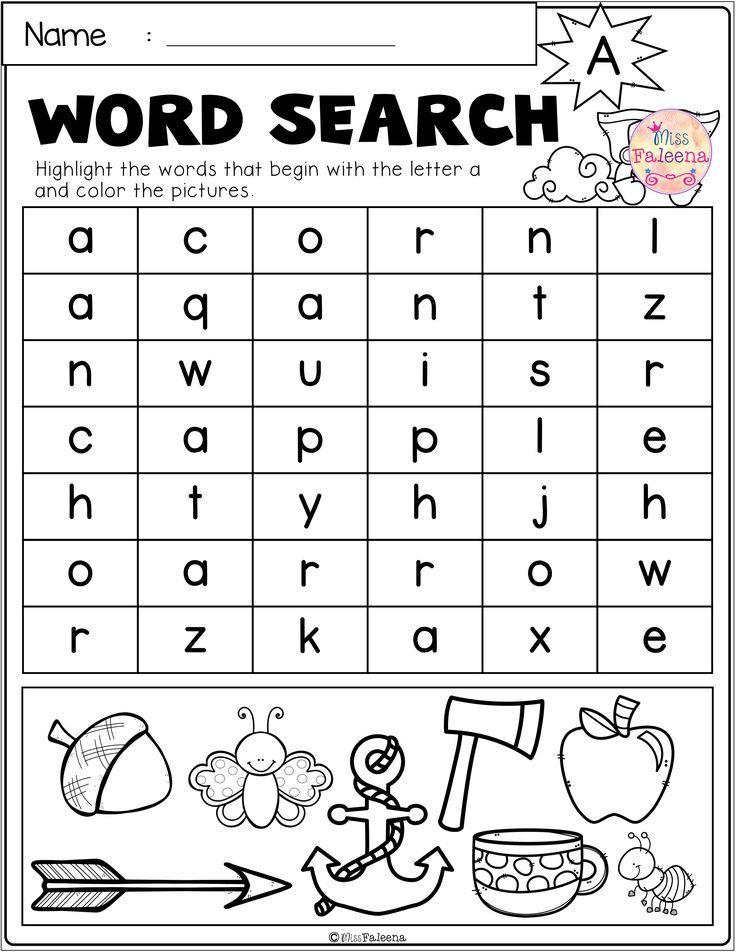 Words will progress to sentences. From there, sentences will become stories, essays, books, and so on. Introducing the alphabet in a multi-sensory way will get you started on your homeschooling journey.
Words will progress to sentences. From there, sentences will become stories, essays, books, and so on. Introducing the alphabet in a multi-sensory way will get you started on your homeschooling journey.
How Can You Teach the Alphabet?
The key to a curriculum or unit for homeschoolers (or any learner) is to keep it FUN, engaging, and hands-on! Approaching a subject from many angles helps with retention, progression, and mastery. Merely teaching the letters of the alphabet by doing a worksheet may not work for many learners. It can be tedious. But, when the child sculpts the letter from playdough, recites a fun poem, or makes a craft, learning will be fun, creative, entertaining, and long-lasting. Add in games, song, and movement, and you’ll have eager little beavers, ready to learn!
Printable & Resources
- You may want to introduce the letters of the alphabet with alphabet practice pages. This resource works on upper and lowercase letters in addition to handwriting and letter sounds.

- Make little books (fold a sheet of paper into a booklet) for each letter of the alphabet. Cut out pictures from magazines for the letters of the alphabet. Glue your images inside. Alternatively, you can draw pictures or use stamps and stickers.
- Shape the letters using play-doh mats and play-doh. Kids love hands-on activities, and this will be no exception. Laminate a set of these mats to use repeatedly with play-doh or tracing with dry-erase markers. Or, print a set and use with crayons, markers, and pencils.
- Use rhyme and repetition with these alphabet practice poems to reinforce letters and their sounds. Recite the poem and then find the correct matching letter. This set includes uppercase letter practice, as well as letter sounds practice. These poems last throughout the year with the following themes: Sept- apples, Oct- pumpkins, Nov- turkeys, Dec- mittens & trees, Jan- snowflakes, Feb- hearts & groundhogs, Mar- shamrocks, Apr- raindrops, May- flowers, and June/July- beach balls & suns.

- Make an interactive alphabet journal that works on beginning letter sounds. Color, cut, and glue the pages in a journal. You can even save this to use as a dictionary for writing.
- Make some fun paper alphabet crafts for each letter of the alphabet to combine art with learning. Also included are sentence starter pages for students who have already mastered their ABCs! This fun activity also practices fine motor skills with cutting and gluing. Crafts included are: A-apple, B-bee, C-cat, D-dog, E-egg, F-football {American football}, G-golf, H-hat, I-ice cream, J-Jack-o-lantern, K-kite, L-ladybug, M-mailbox, N-nail, O-octopus, P-pocket, Q-quilt, R-road, S-soccer ball, T-turtle, U-umbrella, V-volcano, W-watermelon, X-xylophone, Y-yo-yo, and Z-zipper.
- The alphabet mega bundle has a series of resources, including the alphabet letter sort, alphabet tracer cards, fine motor alphabet letters, and spin & write letters (in addition to the alphabet journal and alphabet printables mentioned above).
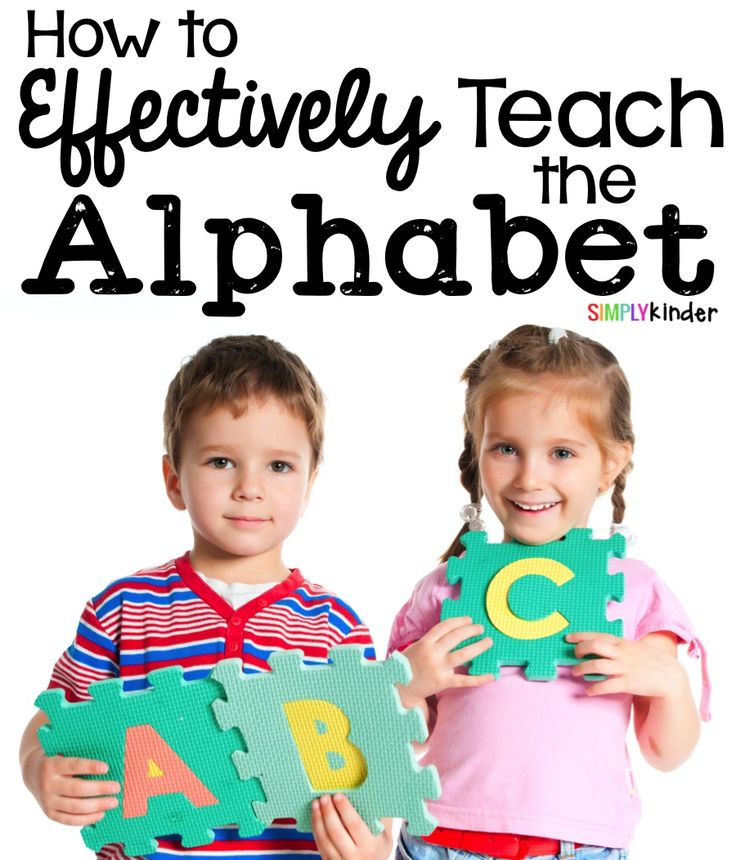 Use some of these included resources like flashcards and play memory and matching games. Place them in alphabetical order, but remove some and have your child guess which one is missing.
Use some of these included resources like flashcards and play memory and matching games. Place them in alphabetical order, but remove some and have your child guess which one is missing.
Enhance the Experience
Here are some additional ideas to add some more fun to foster learning naturally.
- Read books focused on the letters of the alphabet. My favorite is Chicka Chicka Boom Boom, but there are so many out there! Look out for another post that includes more book ideas!
- Use videos online (YouTube, SafeTube) that review, teach, and reinforce letters and letter sounds. The rhymes, poems, and musical nature of videos will help kids understand quickly.
- Add some movement to your letter unit. Can you make the letter T with your body? What about the letter W? Can we work together to make the letter A?
- Get creative and play some alphabet games. I love the flyswatter game. Write down the letters on a whiteboard, or have flashcards scattered across the table.
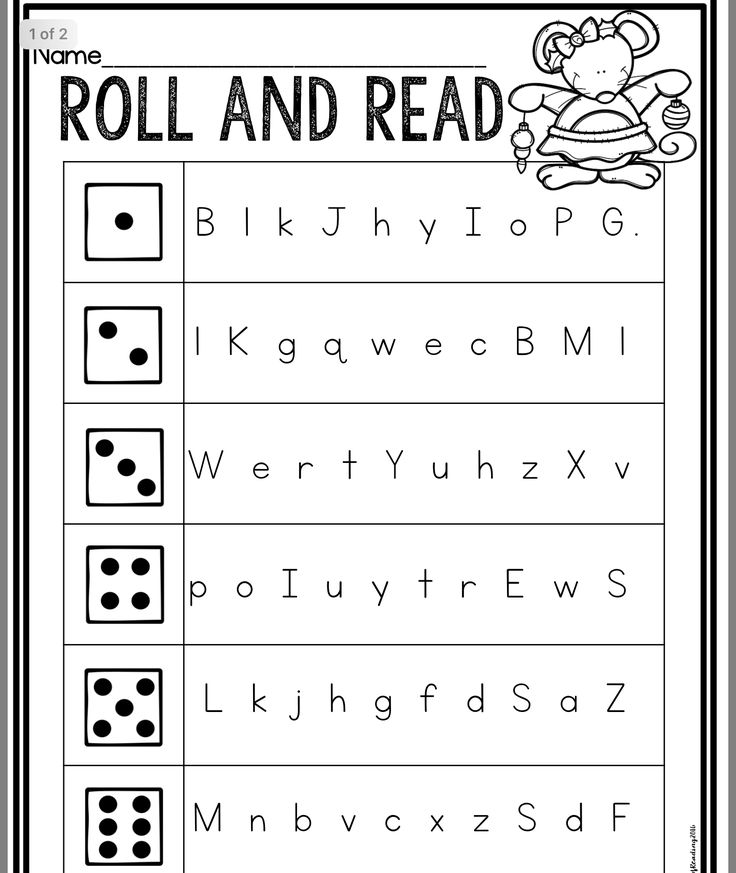 Shout out a letter, and your kid swats the letter with a flyswatter. Check out my alphabet Pinterest board for some fantastic alphabet games.
Shout out a letter, and your kid swats the letter with a flyswatter. Check out my alphabet Pinterest board for some fantastic alphabet games.
Practice the Alphabet Throughout the Day
As you go about your day, identify things in the house that begin with a specific letter. Ask your kiddos if they can find other items and objects that start with that same letter.
You can also focus on a Letter of the Day or Letter of the Week. Try to find things in your house that begin with that letter. Sing a song using that letter – or even better, use your creativity and make up a song! Make a new recipe that starts with the letter of the day or find some fun food ideas on Pinterest. For instance, if you’re working on the letter B, you can make a BEACH treat. Put some blue frosting on one side of a graham cracker and add some goldfish. Now you have a little beach to go with your letter B theme!
Another idea is to become sleuths for a day and create a scavenger hunt in your home.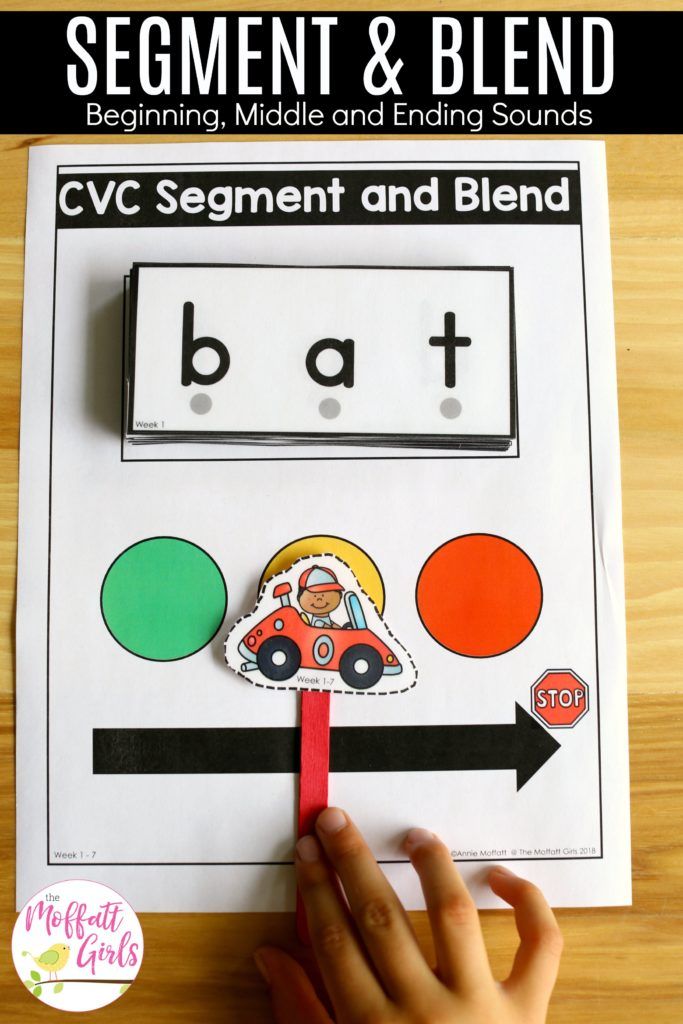 Look for objects that start with a letter, objects that begin with a specific sound, or the matching upper and lowercase letters.
Look for objects that start with a letter, objects that begin with a specific sound, or the matching upper and lowercase letters.
Sing the ABCs while you are washing hands!
There are many, many ways to keep the learning going naturally all day long!
Download My Printable Resources
Transitioning to homeschool shouldn’t be dreadful. The more excited and prepared you are, the more your kids will enjoy it. Beginning with the ABCs is an essential step, but keep it fun to nurture learning. The above mentioned kid-approved resources are found by clicking these links:
- alphabet practice pages
- alphabet play-doh mats
- alphabet practice poems
- alphabet interactive journal
- alphabet crafts
- alphabet mega bundle
Let me know what activities you liked the best!
Phonics, Alphabet, Letter Sounds
Previous Post Learning With Playdough Mats
Next Post Hands-on Ideas for Name Writing Practice
First Sound Fluency
First sound fluency is a way to measure your students' understanding of initial sounds in words. As your students are working on developing this skill, here is a fun way to help them practice finding the first sound of a word quickly. You can grab these for FREE by signing up for my email list below.
First Name
Your email address
As your students are working on developing this skill, here is a fun way to help them practice finding the first sound of a word quickly. You can grab these for FREE by signing up for my email list below.
First Name
Your email address
Hello, I’m Hadar
Welcome to Miss Kindergarten. I’m so happy you’re here!
If you are looking for hands-on, engaging kindergarten activities, you came to the right place! I’m here to save you time by sharing tried and true kindergarten resources, and hopefully spark some ideas for your own kindergarten lesson plans!
Whether you need ideas to teach reading, sight words, math, or even some fun crafts, I have you covered. My ultimate goal is to help passionate educators and parents to young kids gain their valuable time back!
If you want to stay connected with Miss Kindergarten, please follow me on social media and be sure to sign up for the newsletter below.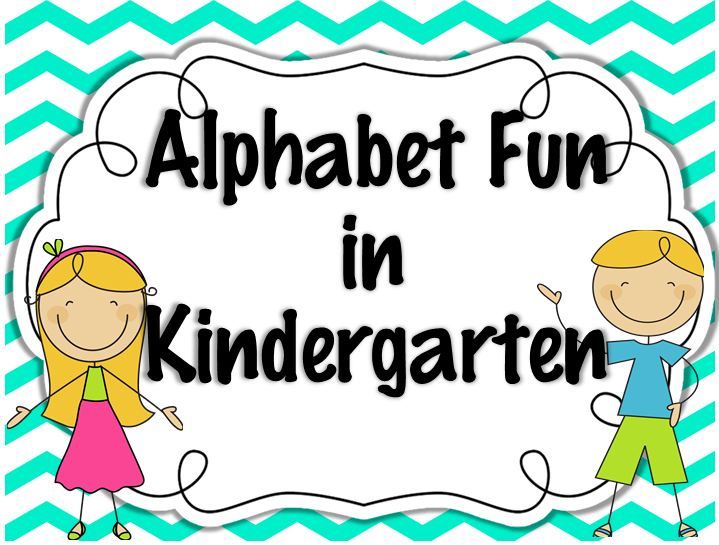
More About Me Contact Me
Summary of GCD on teaching literacy "Journey to the country of the ABC" | Plan-summary of a lesson in teaching literacy (middle group) on the topic:
Municipal Autonomous Preschool Educational Institution Kindergarten No. 26 "Rainbow"
Dubna, Moscow Region
Journey to the country of the ABC
middle group)
Prepared by: teacher
1 qualification category
Sakharova Tatyana Vladimirovna
2014
Dubna
Tasks:
Educational:
- Strengthen the ability to distinguish between sounds and letters, classify groups of sounds and letters, highlight unnecessary ones among them.
- To consolidate the ability of children to determine the presence of a given sound in a word.
- Continue to form the skill to determine the number of syllables in a word.
- Strengthen the ability to produce a sound-letter analysis of a word.
Developing:
- To improve speech breathing.
- To develop fine motor skills of hands.
-Develop coherent and dialogic speech.
Educational:
- To cultivate friendly relations with each other.
- To form the skills of cooperation, independence, initiative.
Integration of educational areas: speech, cognitive, socio-communicative, physical.
Preliminary work: d / game "Collect the word", d / game "Find the place of the sound in the word", memorizing the tongue phrase,
Vocabulary work: alphabet, hissing sounds, whistling sounds, friendly sounds.
Materials: illustrations in manuals, cards with rows of letters, pictures for different sounds, tickets with letters, handouts for each child - diagrams, letters.
Stroke.
Children stand on the carpet.
Educator. Our friends Hedgehog, Little Fox and Wise Owl sent us a letter. Let's read it: - Guys, we went around the whole city of Sounds and went to the Land of the ABC. Come visit us. But in order to get into the country of the ABC, you need to pass the test.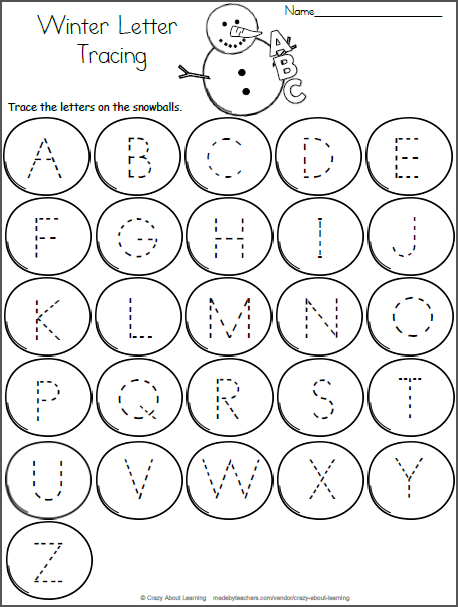 Are you ready to overcome difficulties?
Are you ready to overcome difficulties?
Children. Yes!
Educator. First task:
Then listen and answer. Do you know how letters differ from sounds?
Children. We see letters and hear sounds.
Educator. Let's play a game.
D/game. What is being said about, about sounds or letters (about letters - we write in the air; about sounds - we sing).
Can they be read, heard, seen, stroked, painted, shouted out, whispered, cut out, sung, drawn, printed?
Educator. What are the sounds?
Children. Vowels and consonants.
Educator. How are vowels different from consonants?
Children. Vowel sounds can be sung, but consonants are pronounced abruptly.
Educator. You have passed this test, well done. We are waiting for the next task.
Second task:
D/game. Divide the words into long and short.
(Inverted pictures lie face down. The child chooses a picture, names a word, and determines whether it is long or short).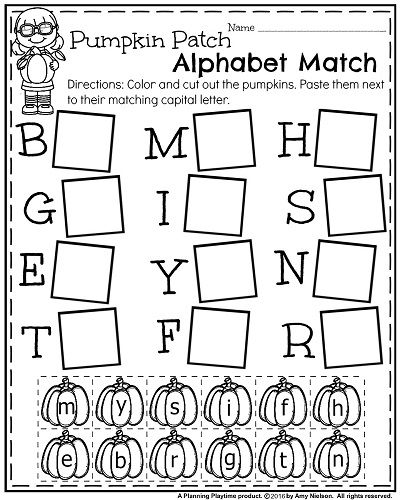
Caretaker. Well done, and coped with this, now you can go on the road. What are we going to get there? This word begins with the sound P.
Children. Train.
Educator. That's right, we'll go there on our favorite toy train.
To travel by train, you need to purchase tickets. Each ticket has a riddle, it must be guessed.
Riddles:
Aibolit all first,
They said the letter ... (A)
Hoop, ball and wheel,
You will be reminded of the letter ... (O)
It has long been known to all children:
The cow knows the letter ... (M)
Every lamb will tell you,
They love the letter (B) very much
It has been buzzing for an hour,
The letter ... (F) is on the flower
Standing on one leg,
Geese love the letter ... (G)
Good for hissing,
In the alphabet, the letter ... (W)
You recognize it right away -
With two eyes, the letter ... (Yo )
"Hee-hee-hee, ha-ha-ha!" -
So the letter laughs .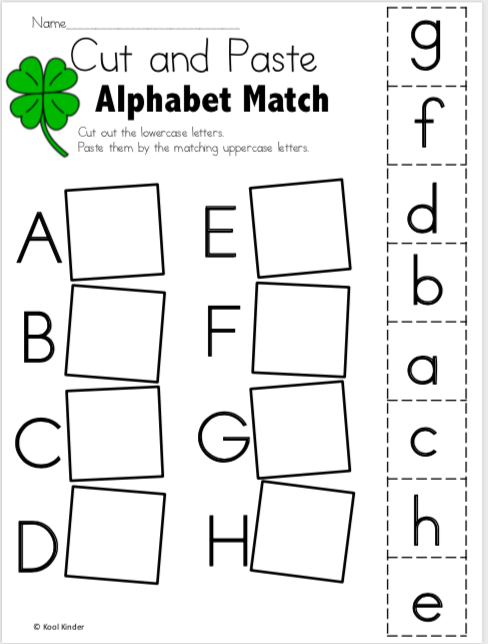 .. (X)
.. (X)
Walks with a stick, alas,
Letter ... (S) through the pages
Borscht will not turn out,
If there is no letter ... (Sch) in it
Sharpening a claw on the porch
Scratchy letter ... (C)
Half from a beetle
Composes letter ... (K)
I put glasses on my nose,
I will immediately become a letter ... (F)
I found a knot in the forest,
It looks like the letter ... (U)
Children guess riddles and receive a ticket
Educator. We take seats on the train and set off towards the magical land of the ABC. So that we would not be bored on the road, we will read the tongue-twister.
Children, putting their hands on each other's shoulders, imitate a train and pronounce a tongue-twister:
Cha-cha-cha - I took a fluff off my shoulder.
Choo-choo-choo - day and night I am silent.
Chi-chi-chi - I'm taking bricks to the construction site.
Choo-choo-choo - I never cry.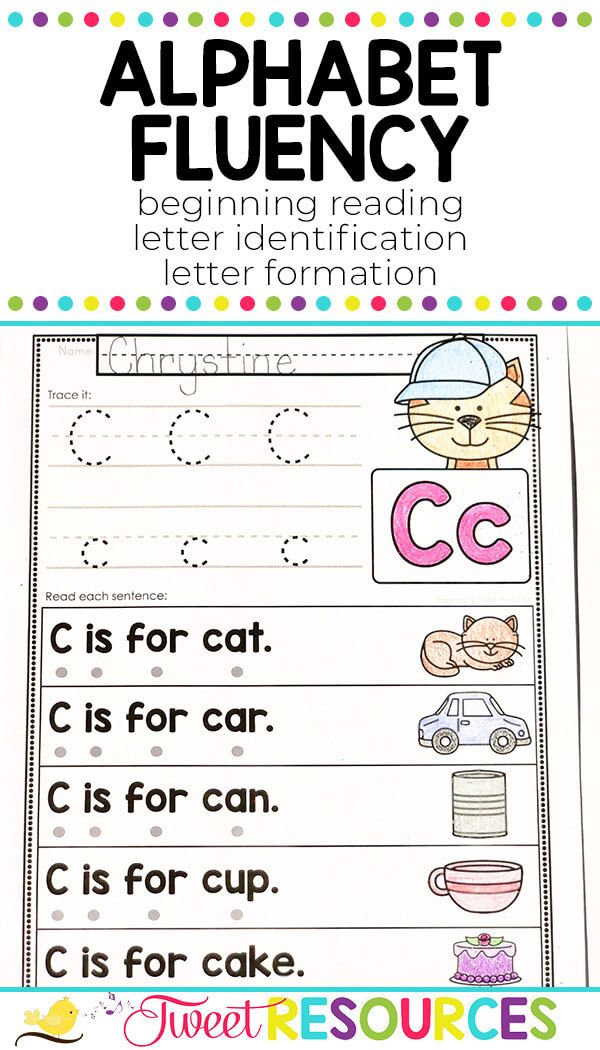
They stop near a screen with a picture of a gate with a lock.
Educator. Finally, we arrived at the gates of the Azbuka. But they are closed, in order for the gates to open, you need to complete one more task.
The letters have all crumbled, you need to collect them and add up the magic word.
The word is the name of a magical land.
Children. ABC. (assembling a word from letters)
Educator. So we ended up in the country of the ABC. (sit down at the table). Let's open the ABC and say hello to our friends. We open page No. Name the letters that meet you. Let's paint their clothes in the color they like to wear. (independent activity of children: red - vowels, green and blue consonants).
Caretaker. And now the letters want to play with you.
D/game. Find the place of the sound in the word. Working with handouts.
Each child has a diagram and letters. Task for the first scheme:
Educator. The word HOUSE, find the sound D, where it is located, what letter it denotes, put it on the diagram.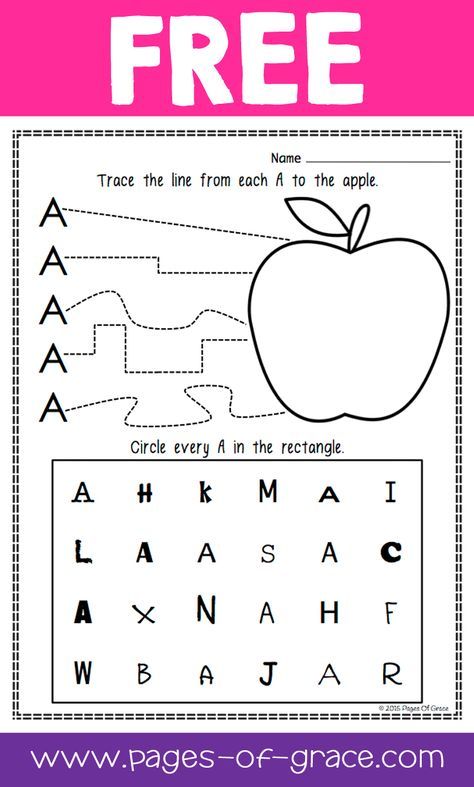 What is the second sound, the third? (one child works at the blackboard)
What is the second sound, the third? (one child works at the blackboard)
Educator: Task for the second scheme. The sound Y is in the middle of the word, the sound R is at the end, the sound C is at the beginning. Read the word.
Children. This is the word CHEESE.
Educator. Task for the third scheme. The word is WORLD. Find the sound R, mark it on the diagram.
Educator. Well done guys, you did a great job. Our animals have prepared another very interesting task for you.
D/game. Find the extra letter.
Five rows of letters are prewritten on the blackboard:
Educator. Name the letters in each row. Guess which one is missing and explain why.
DLAZV (A is a vowel among consonants)
AOUEYII (Y - consonant among vowels)
CHShSCHTSZH (C - whistling among hissing)
EYUIA (I - does not mean a friendly sound)
SZTSCH (H - hissing among whistling)
Educator. Well done boys! Everyone did a very good job.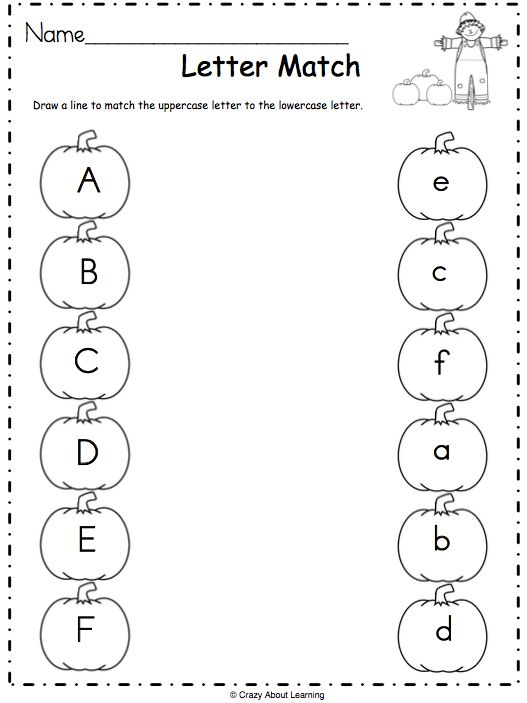 Completed all tasks. Did you enjoy traveling?
Completed all tasks. Did you enjoy traveling?
Children. Yes.
Educator. But it's time for us to go back to kindergarten. Let's say goodbye to our friends, we will return to this country more than once.
Caretaker. What country have we visited today? Who lives there?
Your toy friends wish you success and joyful discoveries during your journey through the pages of the ABC. And we hope that the ABC will be your favorite book.
References:
1. Kislova T.R. Guidelines for educators, speech therapists, teachers and parents. On the way to the ABC. M., 2010.
2. Buneev R.N. A guide for preschoolers. On the way to the ABC. 4 part. Balass, 2013.
3. Internet resources.
http://www.zanimatika.narod.ru/
Learning the alphabet, learning letters.
- PRO ABC
- BLOG FOR DAD
- Section: TEACHING TO READ
- How easy is it to teach a child the alphabet?
08
Nov
2020
Sooner or later every child will have to learn the alphabet.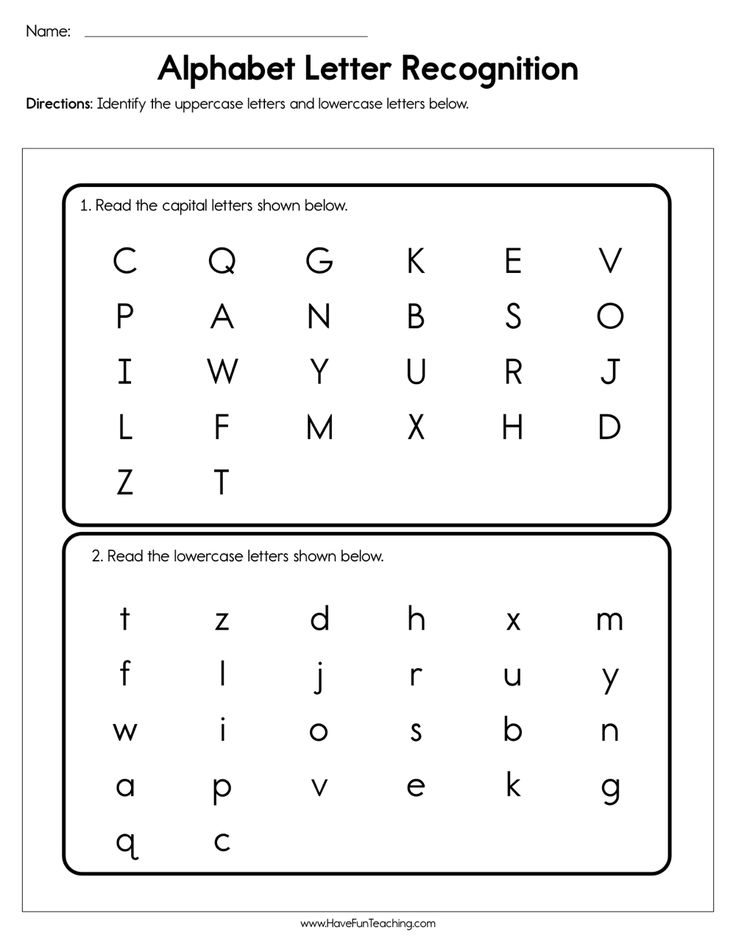 And, as a rule, this is the first thing mothers want to teach their children. And this makes sense! Why? The sequence is simple:
And, as a rule, this is the first thing mothers want to teach their children. And this makes sense! Why? The sequence is simple:
Knows the alphabet - easier to learn to read.
Can read - can easily comprehend other subjects.
Everything is simple, when studying any other subject, the child will have to deal with the text that explains the task. And not knowing how to read thoughtfully and consciously, it will be very difficult for him to comprehend science.
But back to basics. Here we have a wonderful three-year-old. And you know that at this age in all children's centers they are already beginning to quietly teach letters. And it doesn't matter whether you assign a child to a children's center or decide to start teaching your baby yourself - the main thing is to know the requirements when teaching such kids to read. This knowledge will be useful to you both in self-study and when visiting a children's center, you can track the quality of classes.
Remember that at the age of 3 your first goal is not to teach the letters , but to make the process FUN and INTERESTING, to instill a love of reading and not to allow to form negative associations with reading in the child.
The easiest and most effective option is to turn learning the alphabet into a game! And here are some of the very first rules:
1. You should not learn the entire alphabet at once, it is enough to get acquainted with the basic letters (A, O, U, M, P ..), gradually adding other letters.
2. Keep in mind that this is the age of sensitive - it is important for a child to touch and try everything, so offer three-dimensional letters that can be touched, traced, pasted, sprinkled, etc.
3. Increase the time of playing with letters gradually, starting from 5 minutes and increase as long as the kid is interested and he keeps concentration.
4. Do not try to teach your child letters by drawing them on paper or a board, for the baby they will remain incomprehensible lines.